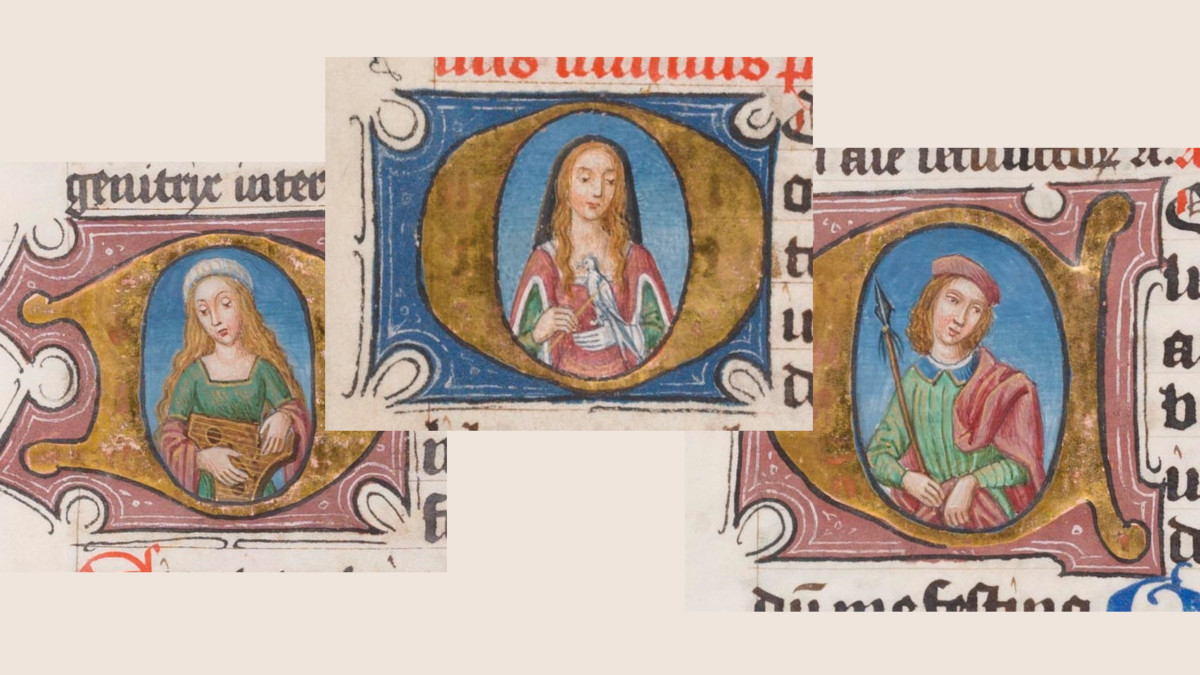Scientific Dating Solves a Manuscript Mystery
Identifying the origins of a manuscript is a notoriously subjective art, one that requires an impressive visual memory and an exceedingly trained eye that can quickly spot the telltale details which hint at certain artists, periods, and locations. Occasionally, experts enter into heated disagreements, as each draws on the evidence before their eyes and still comes to a different conclusion. Were it not for recently developed scientific tools, such disputes might never come to be resolved.
One particularly interesting case of disagreement is outlined on the Manuscript Road Trip blog, kept by Lisa Fagin Davis. The story centers on a late fifteenth or early sixteenth century Books of Hours for the Use of Utrecht (Wellesley MS29), which was written and decorated in Northern Netherlands. The full-page miniatures in the manuscript had been expertly attributed by James Marrow to “the Masters of the Dark Eyes” based on characteristics of the manuscript, and it seemed well enough to leave it at that.
However, British manuscript consultant Peter Kidd noticed some oddities about the small historiated initials which interspersed the manuscript, and wrote about these oddities on his blog in May 2019, outlining his suspicions that the initials were later, the nineteenth century, forged additions, meant to increase the value of the manuscript. This claim contradicted that of James Marrow, who hadn’t noticed anything odd about them. There wasn’t really any way to resolve this disagreement based on what the experts had seen—after all, each one had his reasons for claiming what they did.
Previously, this kind of debate would likely not have found a solution, but now, with the existence of what is called X-Ray Fluorescence (XRF), scientists could pass an x-ray beam over the manuscript, which would produce a chemical signature and thereby allow the scientists to identify the elements that made up the sample being tested. Upon conducting the test at the Boston Museum of Fine Art’s digital lab, experts found that the green pigment in the three historiated initials tested was actually high in arsenic which showed that in fact, the historiated initials were drawn using pigment from the nineteenth century, thereby confirming Peter Kidd’s hypothesis of a later forgery.
While this exciting technology promises to solve many debates around the dating of certain texts, it is also quite a rare technique, and many people lack access to the resources necessary to conduct this testing. But nonetheless, it is an important advance in our study of manuscripts and paired with expert eyes, new information about some of our oldest texts awaits discovery!
Please Support us on Patreon!

Moreover, starting with the pledge level of $3, you will get a digitized vintage book about bookbinding, book history, or book arts each month from us!
These pledges help iBookBinding to continue its work and bring more information about bookbinding and book arts to you!






